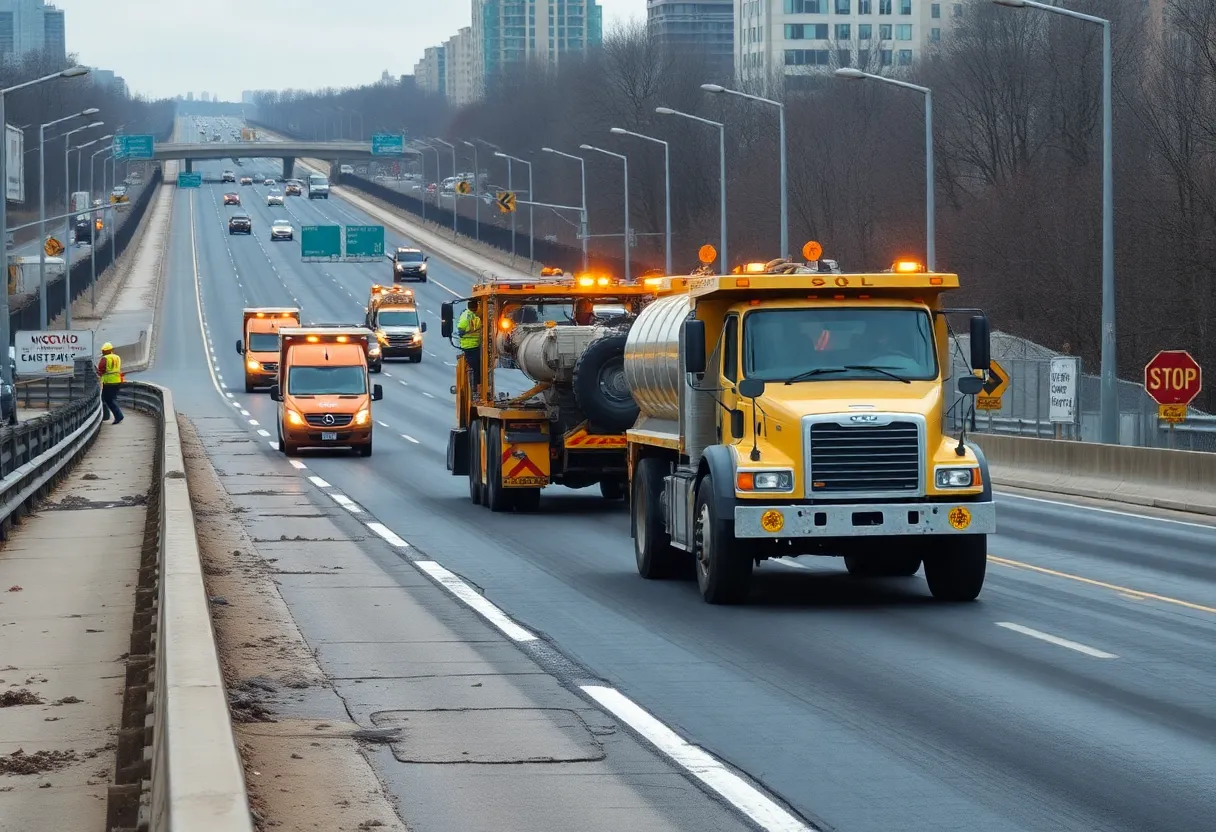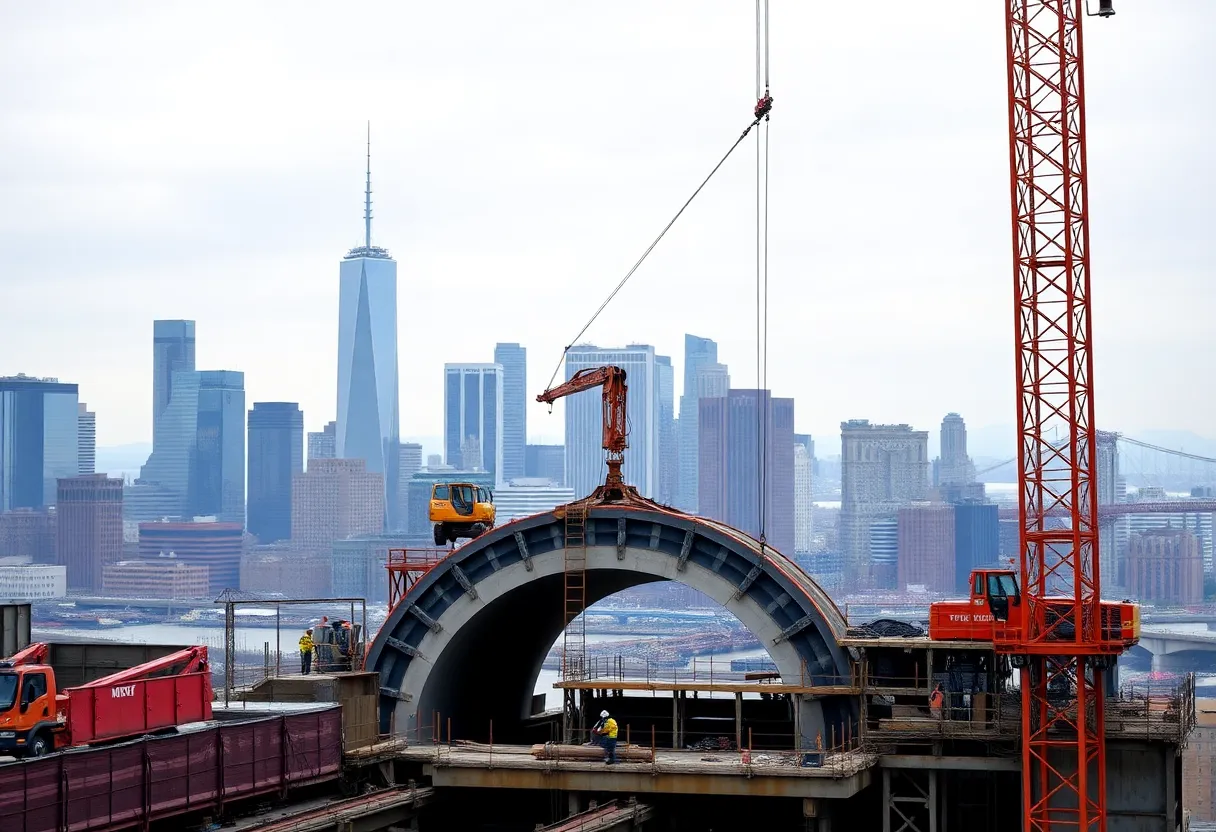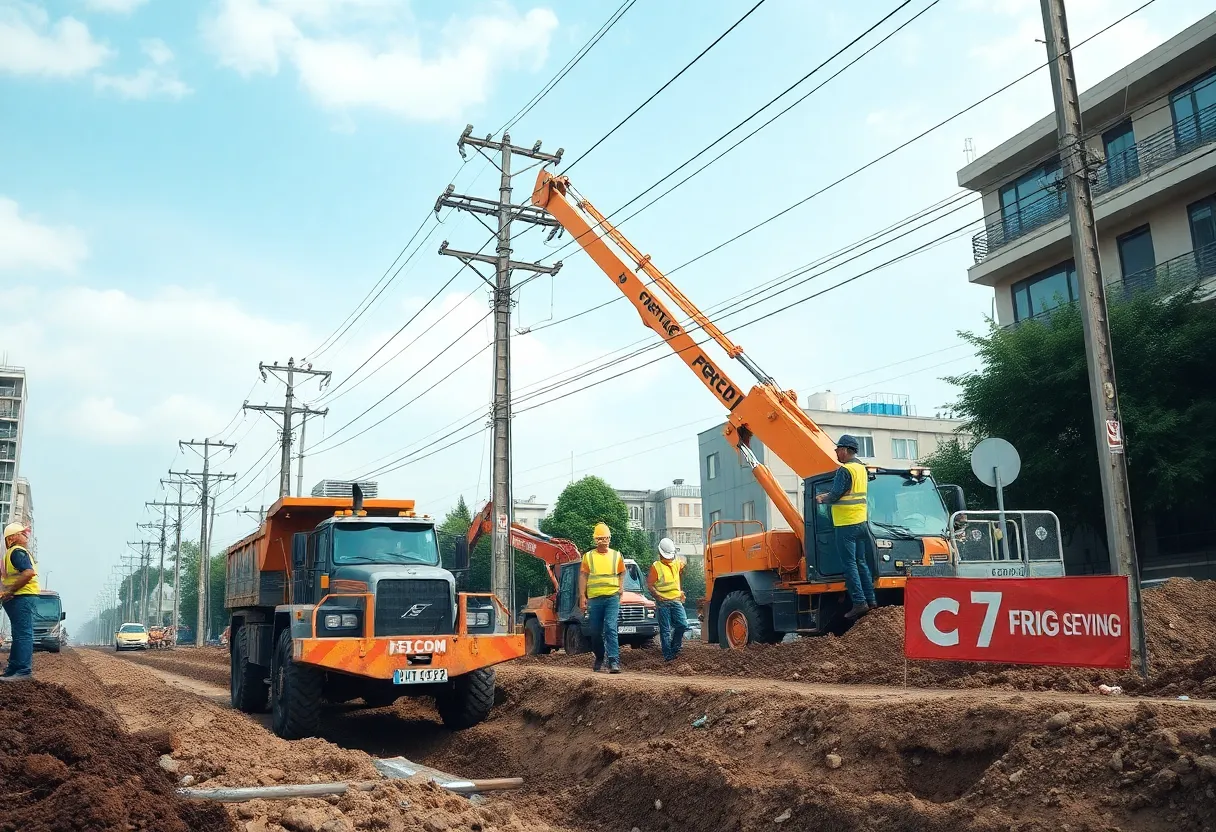Santa Monica, California, August 28, 2025
News Summary
Santa Monica’s City Council voted 6-1 to adopt an emergency pilot allowing developers to meet local affordable-housing requirements by building units off-site, rehabilitating uninhabitable units, or paying in-lieu fees. The time-limited program is capped at 1,000 units and requires off-site construction to begin within 48 months of permit issuance, with limited 12-month extensions. Gap financing of $150,000 per unit is available for off-site builds; in-lieu fees are set per square foot for apartments and condominiums. The pilot excludes the Pico neighborhood and staff will return with data before any renewal is considered.
Santa Monica Council Approves Emergency Pilot Letting Developers Build Affordable Units Off‑Site
The City Council voted 6-1 to approve an emergency pilot program that allows developers to satisfy local affordable housing rules by building affordable units off-site or using alternative options. The measure is being framed by supporters as a response to a construction crisis that has stalled hundreds of projects, while critics warn the change could deepen economic segregation and reduce affordable housing produced inside the city.
What the vote decided
Council approval came by a 6-to-1 margin. The lone dissent came from the mayor, who cautioned the pilot could reproduce patterns of economic separation by concentrating lower-cost housing where land is cheapest and said the move risks accelerating existing imbalances. Supporters described the action as an emergency ordinance aimed at unlocking stalled development amid elevated costs and financing strains.
Program structure and limits
The pilot creates an off-site inclusionary option and gives developers three alternative ways to meet local affordable housing requirements:
- Construct affordable units off-site with available $150,000 per unit in gap financing.
- Rehabilitate existing, currently uninhabitable units.
- Pay an in-lieu fee instead of constructing units on-site, set at $43.91 per square foot for apartments and $51.30 per square foot for condominiums.
The pilot is capped at 1,000 units total and is scheduled to expire on September 30, 2025. Staff were directed to return with additional data if the Council considers renewal when the pilot nears its end.
Why the pilot was proposed
City staff reported that residential construction is facing significant financial challenges driven by elevated interest rates, volatile construction material costs, labor shortages, and global macroeconomic pressures. Local policy factors, including the city’s Measure GS transfer tax, were also cited as complicating financing for projects. Supporters argued the pilot could move units that are approved but stalled into actual development.
Scope of stalled projects
The pilot targets roughly 40 housing projects that have received approvals but remain stalled. City records show up to 3,598 approved market-rate units and up to 642 approved affordable units across 37 projects could potentially be eligible under the pilot. Council members and supporters described the status quo as one in which very little multifamily construction is moving forward: only two multifamily building permits have been issued in the city so far this year, one for affordable housing and one for a three-unit project.
Supporter and critic positions
Backers said the pilot is intended to adapt local requirements to current market realities, arguing the change could unlock thousands of housing units and produce significant affordable housing within the pilot cap. One supporter estimated the ordinance could produce more than a thousand units overall and roughly one hundred affordable units under the program framework.
Opponents — including housing advocacy groups — raised several worries: that off-site options could concentrate lower-cost housing in certain neighborhoods, that the program may not produce the promised level of affordable units inside the city, and that the proposal moved too quickly without enough public input. One renter-rights representative criticized the short notice given to community groups, noting the organization received only a few days to review the proposal details before the Council vote.
Safeguards and timing provisions
The pilot includes geographic safeguards that prohibit placing off-site affordable units in the Pico neighborhood, an area already home to concentrated affordable housing. Under the off-site construction option, developers would have up to 48 months after building permit issuance to begin affordable housing construction, with the possibility of one-year extensions in certain circumstances.
Council members directed staff to monitor outcomes and gather data to assess the pilot’s effectiveness and whether adjustments or renewal should be recommended before the expiration date.
Frequently Asked Questions
What does the pilot program allow?
The pilot allows developers to meet local affordable housing requirements by building off-site affordable units, rehabilitating uninhabitable units, or paying in-lieu fees, rather than placing required affordable units directly within new developments.
How long will the pilot run?
The pilot is limited and set to expire on September 30, 2025. Staff will return with data before any renewal is considered.
How many units are allowed under the pilot?
The program is limited to a total of 1,000 units across all eligible projects.
What are the in-lieu fees and gap financing amounts?
In-lieu fees are set at $43.91 per square foot for apartments and $51.30 per square foot for condominiums. Gap financing for off-site unit construction is listed at $150,000 per unit.
Which areas are protected from off-site placement?
The pilot explicitly prohibits placement of off-site affordable units in the Pico neighborhood to avoid further concentration where affordable housing already exists.
How many projects could potentially use the pilot?
The pilot targets approximately 40 previously approved but stalled housing projects. City records show up to 3,598 market-rate and 642 affordable approved units across 37 projects that could be eligible.
What safeguards exist on timing for construction?
Developers choosing the off-site construction option have up to 48 months from building permit issuance to begin construction on the affordable units, with possible 12-month extensions.
Will the pilot produce affordable housing inside the city?
Supporters expect the pilot to unlock units and produce affordable housing, while critics worry it may shift affordable unit production to other locations and not deliver sufficient on-the-ground housing inside the city limits. Outcomes will be monitored and reported by staff.
Key Features Table
| Feature | Detail |
|---|---|
| Council Vote | Approved 6-1 |
| Lone Dissent | Mayor opposed, warning of potential segregation and imbalance |
| Pilot Cap | 1,000 units total |
| Expiration | September 30, 2025 |
| Developer Options | Off-site construction with $150,000/unit gap financing; rehabilitate uninhabitable units; or pay in-lieu fees |
| In-Lieu Fees | $43.91/sq ft for apartments; $51.30/sq ft for condos |
| Targeted Projects | Approximately 40 stalled projects; up to 3,598 market-rate and 642 affordable approved units potentially eligible across 37 projects |
| Construction Timing | Up to 48 months to begin off-site construction after permit issuance, with possible 12-month extension |
| Geographic Safeguard | Off-site affordable units prohibited in the Pico neighborhood |
| Current Permit Activity | Only two multifamily permits issued this year (one affordable, one three-unit project) |
| Factors Behind Pilot | High interest rates, material cost volatility, labor shortages, and local transfer tax complications |
Deeper Dive: News & Info About This Topic
Additional Resources
- City of Santa Monica — News & Press Releases
- Wikipedia: Inclusionary zoning
- Santa Monica Daily Press
- Google Search: Santa Monica off-site affordable housing pilot
- Los Angeles Times — Santa Monica affordable housing search
- Google Scholar: inclusionary housing California
- Curbed LA — Santa Monica coverage
- Encyclopedia Britannica: Housing policy
- Santa Monica Mirror — affordable housing coverage
- Google News: Santa Monica affordable housing pilot
Author: Construction NY News
The NEW YORK STAFF WRITER represents the experienced team at constructionnynews.com, your go-to source for actionable local news and information in New York and beyond. Specializing in "news you can use," we cover essential topics like product reviews for personal and business needs, local business directories, politics, real estate trends, neighborhood insights, and state news affecting the area—with deep expertise drawn from years of dedicated reporting and strong community input, including local press releases and business updates. We deliver top reporting on high-value events such as the New York Build Expo, infrastructure breakthroughs, and cutting-edge construction technology showcases. Our coverage extends to key organizations like the Associated General Contractors of New York State and the Building Trades Employers' Association, plus leading businesses in construction and real estate that power the local economy such as Turner Construction Company and CMiC Global. As part of the broader network, including constructioncanews.com, constructiontxnews.com, and constructionflnews.com, we provide comprehensive, credible insights into the dynamic construction landscape across multiple states.





